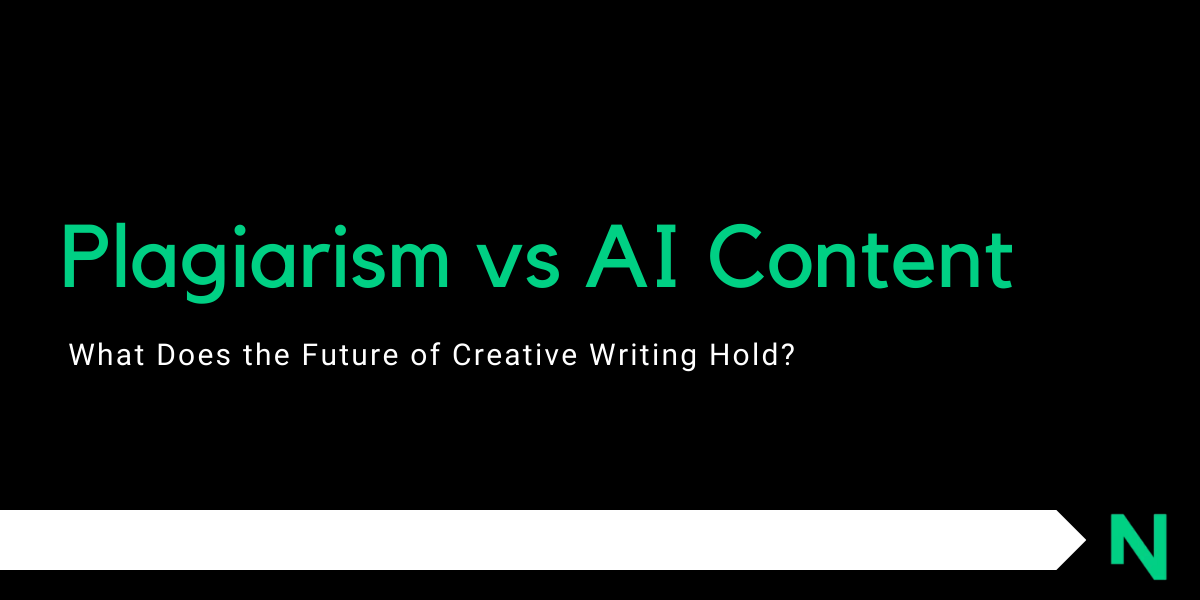We’re always building on the work of others in software development, borrowing bits of code from sites like StackOverflow and tweaking them for our needs. However, in most industries that kind of “copying and pasting” is a big no-no.
But get this—artificial intelligence is taking that practice to a whole new level. AI is now recombining ideas in fresh ways to generate brand-new content automatically.
AI has raised some tricky new questions about plagiarism and creativity. I mean, what happens when a machine puts together concepts in novel ways we’ve never seen before? We’ve entered a weird new world of AI content creation where we can’t always tell the difference between plagiarism and real innovation.
Revisiting Plagiarism
Let’s revisit what plagiarism really means. Plagiarism is using someone else’s work or ideas without giving them credit. For writers, journalists, and programmers, plagiarism is unethical—and for good reason.
The real problem with plagiarism is that it just isn’t credible or original. Originality is key to creativity, right? For ages, we believed human creativity was special, unmatched, and impossible for machines to copy.
Well, those beliefs are being challenged now in this new era of AI. The lines between human and machine creativity are starting to blur in fascinating ways. What an exciting time to be creating and innovating! With AI as a partner, who knows what kinds of inspiring new ideas we might come up with together?
No easy answers here.
But one thing’s clear: AI will change how we think about making and sharing information. The relationship between humans, machines, and originality will only get more complex as AI evolves. We have to address these issues now if we want AI’s impact on creativity to be positive.
Finding the Balance
Copying and building on others’ work has always been a part of creativity; it’s how we make progress.
The key is making sure it’s done responsibly and keeps humans in the creative loop.
Here are some thoughts on achieving the right balance:
- Give credit where it’s due. Whether content comes from a person or an AI, acknowledging the sources helps address ethical issues and defuse conflicts.
- Use AI as a collaborator, not a replacement. Have AI help human creators rather than substitute for them. Combining AI and human imagination will produce the best results.
- Set some ground rules. We need guidelines and limits for how AI-generated content is used ethically and legally. Be transparent about responsible use to minimize intellectual theft.
- Keep improving. Challenge human creators to enhance AI-generated content by refining and reimagining it. Push the boundaries of possibility!
- Spread the word. Educate people about what AI for content creation can and can’t do. Open conversation and understanding will lead to the best path forward.
Embracing the Future
As AI gets increasingly capable of generating content, we in tech must understand its impact on creative fields and ethics. We can rethink plagiarism and human-AI collaboration by recognizing the fuzzy line between plagiarism and AI text.
The choice isn’t AI or human creativity. Let’s reimagine writing’s future, where AI complements human imagination, together achieving more.
AI will shape what’s to come – it’s time to guide it responsibly.
